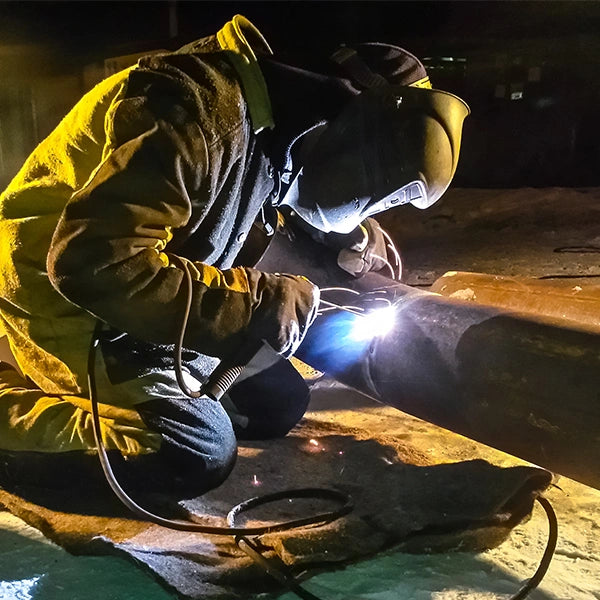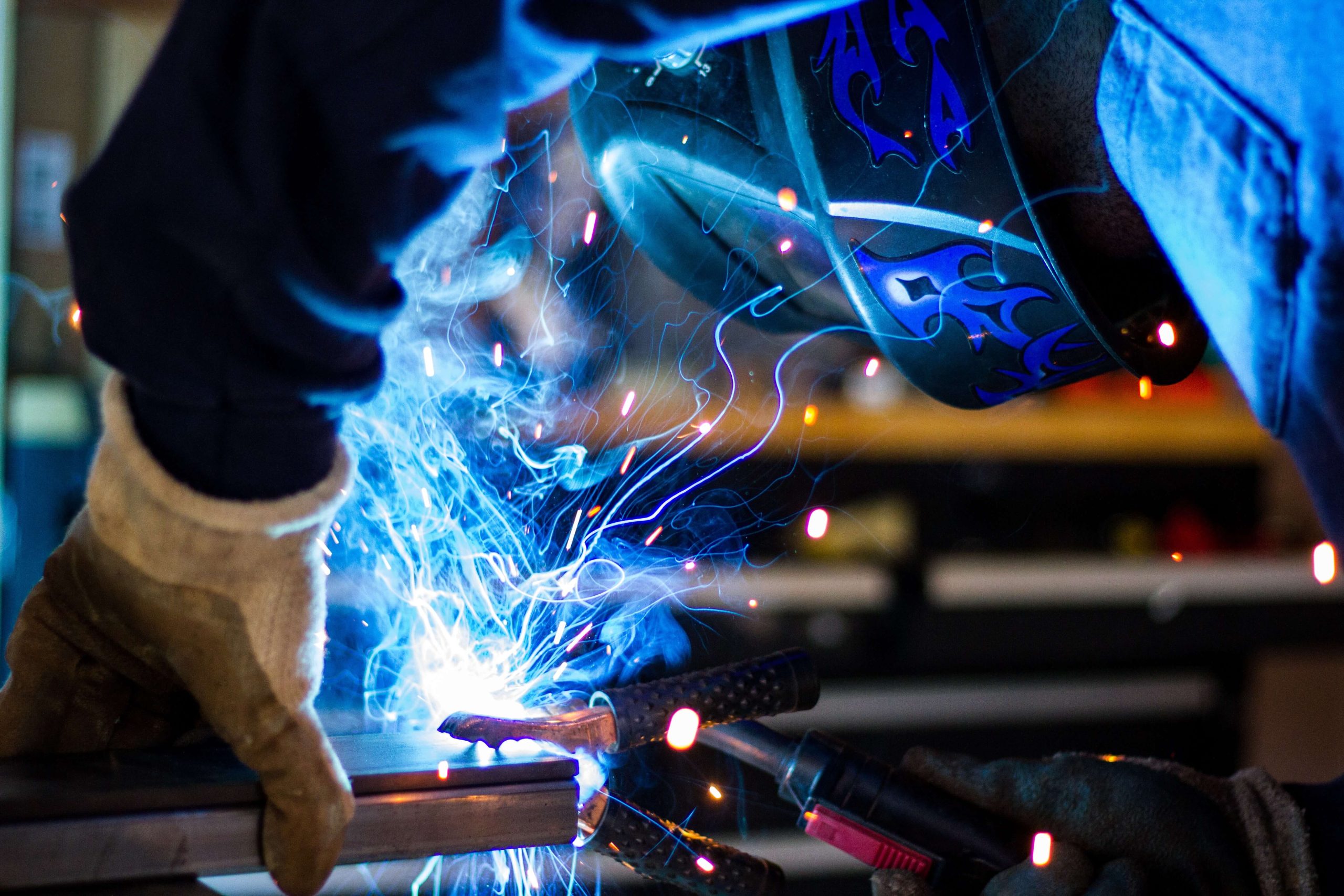Creating a Welding WPS: Step-by-Step Instructions for Professionals
Wiki Article
The Ultimate Guide to Welding WPS Procedures: A Thorough Review for Welders
In the complex world of welding, Welding Procedure Requirements (WPS) act as the foundation of making sure high quality, consistency, and safety and security in welding procedures. Understanding the subtleties of developing, implementing, and keeping track of WPS procedures is important for welders seeking to raise their craft and meet sector requirements. As we look into the different parts of a WPS and explore the intricacies of credentials and accreditation, we will certainly uncover the vital duty these procedures play in the realm of welding. Let's begin on a trip to decipher the intricacies and relevance of WPS treatments in welding methods.Significance of WPS Procedures
Comprehending the relevance of Welding Procedure Specifications (WPS) procedures is essential for guaranteeing the top quality and honesty of welded structures. WPS treatments work as a roadmap for welders, laying out the required steps, specifications, and materials called for to accomplish an audio weld. By sticking to WPS guidelines, welders can guarantee consistency in their work, resulting in structurally audio and reputable welds.One of the primary factors why WPS treatments are vital is their role in preserving weld high quality and stability. Adhering to the specified welding criteria and strategies described in the WPS helps prevent issues such as porosity, breaking, or incomplete fusion, which can compromise the strength and sturdiness of the weld.

Parts of a WPS
A Welding Treatment Spec (WPS) normally consists of vital components that information the particular needs for executing a weld, ensuring uniformity and quality in the welding procedure. The essential parts of a WPS include crucial variables such as base metals, filler metals, interpass and preheat temperatures, welding procedures, protecting gases, welding placements, and post-weld heat therapy requirements.Base steels describe the materials being joined, while filler steels are made use of to fill the space in between the base metals throughout welding. Preheat and interpass temperatures are critical for regulating the warm input and protecting against concerns like cracking or distortion. The welding process details the particular strategy to be used, whether it's gas metal arc welding (GMAW), secured metal arc welding (SMAW), or another technique. Protecting gases safeguard the weld swimming pool from atmospheric contamination. Welding positions specify the orientations in which welding can be done. Post-weld warmth treatment may be necessary to ease stresses and boost the weld's buildings. A detailed understanding of these parts is essential for producing a extensive and effective WPS.

Credentials and Qualification
Having established the important parts of a Welding Treatment Specification (WPS), the emphasis currently changes towards the critical aspects of certification and qualification in welding methods.
Accreditation, on the various other hand, is the formal recognition of a welder's certifications by a pertinent qualification body or organization. Welding certifications are typically based on the specific welding procedures, products, and placements a welder is certified to deal with. Holding a legitimate welding qualification shows that a welder satisfies market standards and is qualified to execute welding jobs to the called for specifications.
Developing a WPS
To establish a Welding Procedure Specification (WPS) that fulfills market criteria, careful consideration of welding procedures, materials, and operational criteria is crucial (welding WPS). The first action in creating a WPS is to identify the welding procedure to be used, such as gas metal arc welding (GMAW) or protected steel arc welding (SMAW) When the welding procedure is established, the next crucial aspect is choosing the proper products, considering variables like base metal kind, density, and joint design. Functional parameters such as welding existing, voltage, traveling speed, and shielding gas composition should additionally be thoroughly defined in the WPS.
Executing and Monitoring WPS
Upon finalizing the thorough Welding Procedure Specification (WPS) that diligently information welding procedures, materials, functional criteria, and top quality assurance measures, the visit this web-site focus shifts to efficiently implementing and monitoring the recognized procedures. Execution entails guaranteeing that all welders associated with the project recognize with the WPS and follow it thoroughly during the welding process. This requires offering sufficient training and supervision to assure adherence to the defined procedures. Monitoring the WPS involves continuous oversight to verify that welding activities line up with the recorded requirements. Evaluations, testing, and quality assurance procedures are essential parts of the monitoring process to determine any kind of deviations or concerns immediately. Normal audits and evaluations of the welding procedures aid in preserving uniformity and high quality throughout the job. Effective implementation and surveillance of the WPS are crucial for ensuring the stability, stamina, and security of the Learn More Here bonded joints, eventually adding to the general success of the welding job.Final Thought
To conclude, understanding and following Welding Treatment Specifications (WPS) is crucial for welders to ensure high quality, uniformity, and safety and security in their work. By understanding the parts of a WPS, acquiring proper qualifications and qualifications, developing detailed procedures, and carrying out and checking them effectively, welders can boost their skills and efficiency in welding techniques. Following WPS treatments is crucial for creating high-grade welds and meeting industry standards.
In the elaborate world of welding, Welding Procedure Requirements (WPS) serve as the foundation of guaranteeing high quality, consistency, and safety in welding procedures. The welding procedure describes the certain method to be utilized, whether it's gas metal arc welding (GMAW), shielded metal arc welding (SMAW), or another approach.To develop a Welding Procedure Spec (WPS) that satisfies market criteria, cautious consideration of welding processes, materials, and functional parameters is necessary. The very first step in producing a WPS is to identify the welding procedure to be made use of, such as gas metal arc welding (GMAW) or shielded metal arc welding (SMAW)Upon wrapping up the extensive Welding Procedure Spec (WPS) that carefully details welding more info here procedures, materials, operational criteria, and top quality assurance procedures, the emphasis shifts to effectively implementing and keeping track of the well established procedures.
Report this wiki page